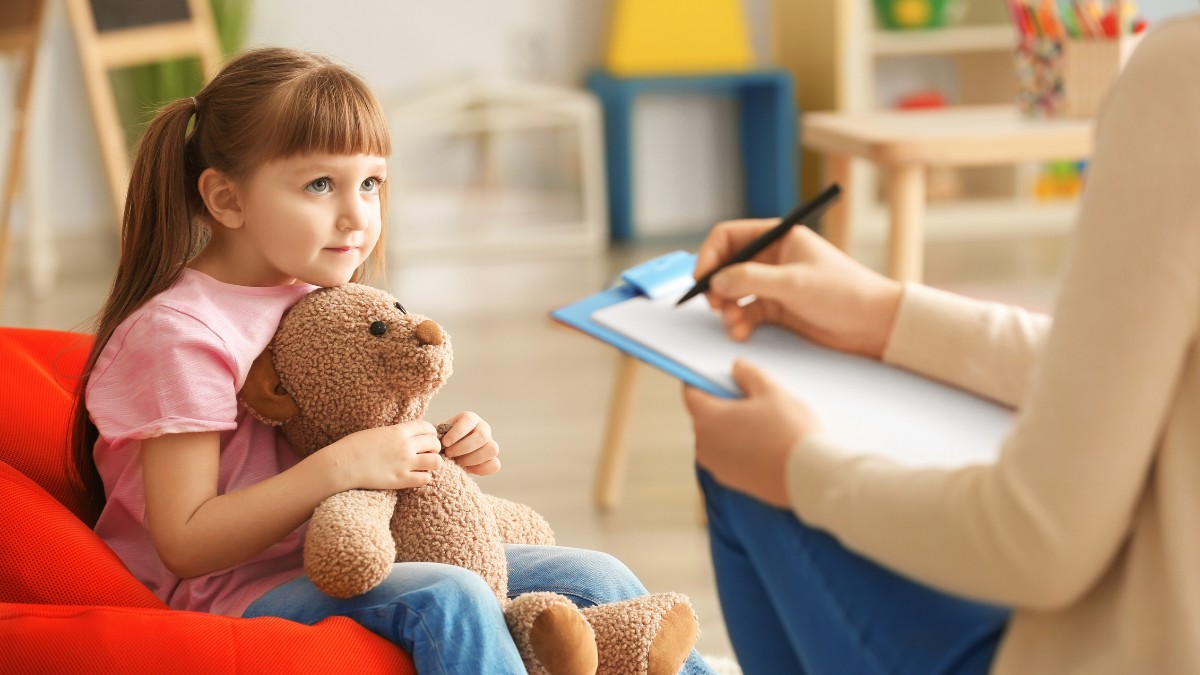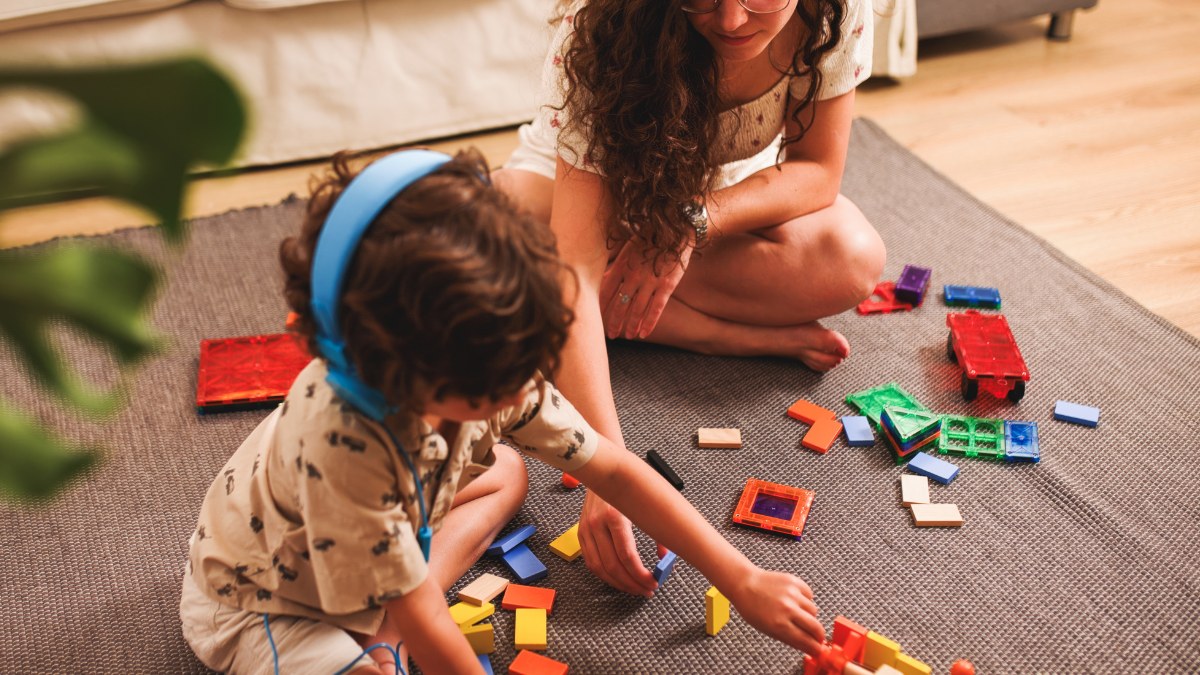ADHD and Autism Friendships: Understanding the Connection
ADHD and autism friendships show that different minds can create harmony, building trust, laughter, and connection beyond social norms.
.jpg)
ADHD and Autism Friendships: Understanding the Connection
Friendship isn’t about perfection. It’s about connection. When two neurodivergent minds meet, that spark can feel electric. Ever notice how someone with ADHD and someone on the autism spectrum can click instantly—but sometimes clash just as fast? There’s a reason for that.
Understanding how an ADHD and autism friendship works means looking past stereotypes. It’s not just about being “quirky.” It’s about how unique brains build some of the most loyal, creative, and understanding bonds around.
So, what makes these friendships shine? How do they form such strong connections? And where does friction sometimes show up? Let’s explore how these relationships grow, what keeps them steady, and how both friends can thrive together.
Real ADHD and Autism Friendship: What’s It Like?
.jpg)
Imagine two friends—Nigel, who has ADHD, and Jordan, who’s autistic. Nigel is spontaneous, always thinking five ideas ahead. Jordan loves structure and deep, focused conversations. On paper, they sound like opposites. In reality? They might be the perfect pair.
Friendships between people with ADHD and autism often have this fascinating push-and-pull dynamic. ADHD brings curiosity and high energy, while autism brings focus and stability. Together, they can complement each other beautifully—one sparks ideas, the other refines them.
Neurodivergent individuals often form deep, trusting relationships with others who share similar lived experiences or brain wiring. Shared understanding—not shared hobbies—is what keeps neurodiverse friendships strong. When both people “get” that social interaction can be overwhelming or unpredictable, empathy naturally grows.
These friendships are rarely shallow. They’re built on honesty, loyalty, and comfort in being one’s true self—no mask required.
Why They Connect So Deeply
The connection between ADHD and autistic friends often begins with a sense of recognition. Each person sees something familiar in the other’s struggles—overstimulation, communication quirks, or burnout after social events. That instant “You too? ” moment creates powerful trust.
Here’s why the bond works so well:
- Shared understanding of brain differences. Both experience the world with heightened sensitivity or intensity, so neither has to explain why a busy room feels overwhelming or why they hyperfocus for hours.
- No pressure to “perform.” Many neurodivergent people feel they have to mask their true selves in social situations. In these friendships, that mask comes off. There’s space for honesty.
- Creative synergy. ADHD’s idea-driven energy pairs beautifully with autism’s pattern-driven precision. Together, they can brainstorm, build, or problem-solve in ways that are both innovative and detailed.
- Loyalty and directness. Autistic people tend to value honesty. People with ADHD appreciate transparency because it cuts through confusion. That mutual respect creates solid, drama-free trust.
According to the National Autistic Society, people on the spectrum often thrive in friendships where expectations are clear and communication is direct—two things that come naturally when ADHD and autism meet.
When Opposites Collide
But let’s be real—these friendships aren’t always easy. ADHD and autism bring very different wiring to the table. That’s where things can get tricky.
Take Nigel and Jordan again. Nigel interrupts mid-sentence, jumping to a new topic before Jordan finishes speaking. Jordan, who values order and calm, feels overwhelmed. Meanwhile, Nigel feels shut down when Jordan goes quiet, assuming they’re upset. In truth, Jordan just needs processing time.
This kind of mismatch happens often. ADHD’s spontaneity can clash with autism’s need for predictability. Sensory needs can differ too—one might crave stimulation, while the other avoids it.
Here are a few common friction points:
- Communication timing. ADHD brains move fast; autism often prefers thoughtful pacing.
- Sensory overload. One person’s “fun night out” can be the other’s nightmare of lights and noise.
- Emotional intensity. ADHD emotions can surge suddenly. Autistic emotions may take longer to surface—or may show up in quieter ways.
- Social energy. People with ADHD often thrive on frequent connection; autistic people might need more downtime.
None of this means the friendship is doomed. It simply means each person must learn the other’s rhythm—like adjusting to a different beat in a favorite song.
How to Handle the Differences
.jpg)
Strong ADHD-autism friendships aren’t about avoiding friction—they’re about navigating it with understanding.
A few strategies make all the difference:
- Name what’s happening. If something feels off, talk about it. Saying, “I process things slower; can I answer later? ” or “I didn’t mean to interrupt” prevents misunderstanding before it grows.
- Set sensory boundaries. Know each other’s comfort zones. Maybe phone calls are better than crowded cafés, or text messages beat spontaneous hangouts.
- Use humor wisely. Both ADHD and autism can interpret tone differently. Gentle, literal communication keeps everyone on the same page.
- Appreciate the contrast. ADHD spontaneity can teach flexibility; autism consistency can teach grounding. Both are valuable.
- Plan recharge time. After social interaction, allow quiet recovery space—especially if sensory overload hits.
Building awareness isn’t just about managing conflict. It’s about deepening respect for how the other person’s brain operates.
Over time, what once seemed like a mismatch becomes the friendship’s secret strength.
The Science of Why It Works
It’s fascinating how neuroscience explains this connection. ADHD and autism both involve differences in how the brain manages attention, emotion, and social processing—but in complementary ways.
- ADHD often involves hyperactivity in brain regions linked to reward and novelty, driving curiosity and exploration.
- Autism often involves heightened connectivity in regions tied to focus, memory, and sensory detail, leading to precision and deep thought.
When these two patterns meet, something balanced can emerge. The ADHD friend adds spark and motion; the autistic friend adds clarity and structure.
Studies show that neurodiverse peer relationships often create a kind of “mirroring comfort”—where people with different neurotypes feel calmer, safer, and more authentic around each other. This sense of mutual understanding may explain why ADHD-autism friendships tend to last longer and feel more stable than many neurotypical ones.
Understanding Rejection Sensitive Dysphoria (RSD) and Social Anxiety in ADHD Friendships
Even in the strongest ADHD and autism friendships, emotional sensitivity can quietly influence how people connect. One of the biggest hidden challenges? Rejection Sensitive Dysphoria (RSD)—a powerful emotional response often tied to ADHD that can make social interactions feel like walking a tightrope. When mixed with social anxiety, it can create a cycle of self-doubt and withdrawal.
Here’s a closer look at how RSD and social anxiety show up, and why understanding them matters:
- RSD Defined: A neurological response where perceived rejection, criticism, or failure triggers intense emotional pain that can feel physically overwhelming.
- Beyond “Too Sensitive”: It’s not just hurt feelings—it’s linked to ADHD’s emotional regulation differences, making the reaction deeply neurological, not just emotional.
- Common Triggers: A critical comment, ignored text, or minor misunderstanding can spark waves of shame or sadness.
- The Emotional Aftermath: Many overthink interactions, replay conversations, or assume others are upset with them—even when that’s not true.
- Avoidance Patterns: Fear of rejection often leads to withdrawing from social invitations, delaying responses, or people-pleasing to maintain acceptance.
- Hypervigilance in Friendship: Individuals might constantly scan for disapproval, misread neutral cues, or hesitate to express themselves authentically.
- The Cycle of Fear: Avoidance reduces positive social experiences, which reinforces anxiety and fear of future rejection.
- A New Perspective: Experts emphasize that RSD isn’t weakness—it’s the brain’s amplified alarm system for emotional safety.
- The Path Forward: Coping involves emotional regulation tools, gentle self-talk, and reframing rejection as a moment—not a verdict.
Recognizing RSD helps friends replace self-blame with compassion, strengthening neurodivergent bonds through empathy and understanding.
How to Build Stronger Bonds
.jpg)
The best ADHD-autism friendships grow when both people actively nurture understanding. Think of it like learning a new language—the more you practice, the easier communication becomes.
Here’s what helps:
- Use clear cues. Be upfront about feelings instead of assuming the other person “should know.”
- Build routines that include both needs. Maybe go for a walk in the park or keep hangouts short with breaks.
- Celebrate the wins. Notice what works—the shared humor, the trust, the unspoken understanding.
- Stay curious. Ask, “What helps you feel comfortable? ” Curiosity replaces frustration with empathy.
- Practice forgiveness. Missteps happen. ADHD might forget plans; autism might sound blunt. Let it go, talk it out, move forward.
Over time, this kind of mutual care builds what many neurodivergent adults call a “safe friendship”—a bond where neither has to pretend.
FAQs
1. Can ADHD and autistic people date each other successfully?
Yes—many neurodivergent couples thrive in relationships built on honesty and shared understanding. The key is communication and respecting sensory and emotional differences.
2. Do neurodivergent friendships last longer than neurotypical ones?
Sometimes, yes. When two neurodivergent people connect deeply, their loyalty and empathy can lead to lifelong bonds—especially when both feel safe to be authentic.
3. How can neurotypical people support an ADHD and autism friendship?
By understanding that these friendships might look different—less about constant socializing and more about comfort, mutual interests, and emotional depth. Support them by respecting their pace and space.
4. What helps when one friend masks more than the other?
Gentle check-ins help. A simple “You don’t have to mask with me” can remind both sides that their friendship is a safe zone for authenticity.
5. Can sensory overload ruin a friendship—and how can it be prevented?
It doesn’t have to. Friends can talk openly about triggers, plan sensory-friendly meetups, or simply allow quiet time when one feels overstimulated. The key is respect, not avoidance.
When Different Minds Find the Same Heart
In the end, an ADHD and autism friendship isn’t just a bond between two people. It’s a bridge between worlds. Through Supportive Care ABA, families in Georgia see how these connections grow when patience meets compassion. It’s where movement meets stillness—creating something balanced, joyful, and real.
Different minds. Same heart. That’s the beauty of it.
Looking to help your loved one build confidence in social settings? Or wondering how to encourage more meaningful friendships? Supportive Care ABA can guide you. Our team offers personalized ABA therapy that helps individuals with ADHD and autism connect, communicate, and thrive in daily life.
Reach out to us today. Every friendship deserves space to grow—with patience, trust, and understanding lighting the way forward.







%20(1).jpg)
.jpg)
.jpg)
.jpg)
.jpg)
.jpg)
.jpg)
.jpg)